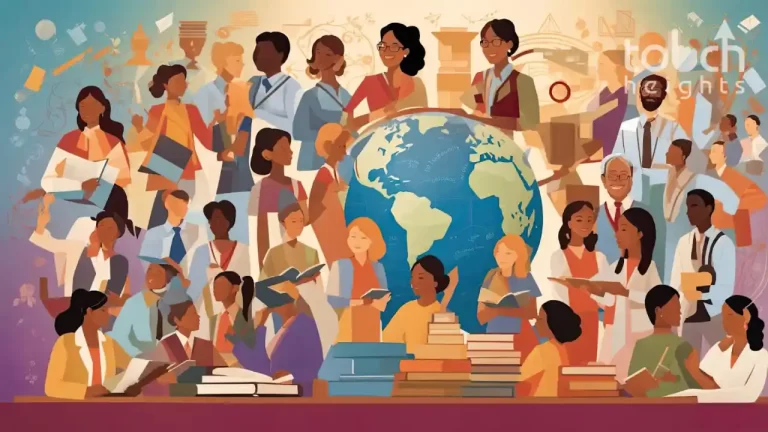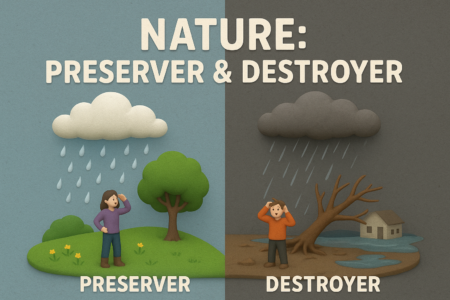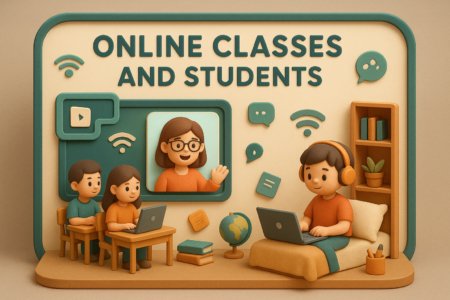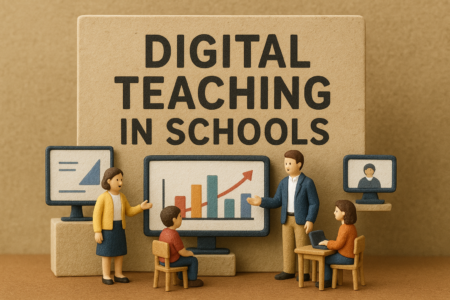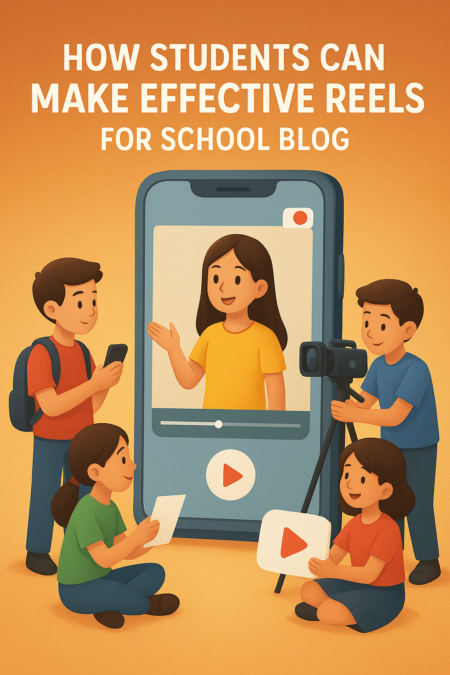Introduction
In an increasingly interconnected world, cultural diversity has become a defining characteristic of our society. As students prepare to navigate a globalized workforce and multicultural communities, developing global awareness and intercultural competence is essential. In this blog, we explore the importance of navigating cultural diversity in schools and strategies for fostering global awareness among students. By embracing cultural diversity, educators can empower students to thrive in diverse environments and become responsible global citizens.
Understanding Cultural Diversity
Cultural diversity refers to the wide range of cultures, languages, beliefs, and traditions that exist within a society. In today’s globalized world, cultural diversity is a fact of life, shaping our interactions, perspectives, and experiences. By understanding and appreciating cultural diversity, students can develop empathy, respect, and curiosity towards people from different backgrounds.
Cultural diversity encompasses not only differences in ethnicity, race, and nationality but also variations in gender, religion, socioeconomic status, and sexual orientation. By recognizing the intersectionality of cultural identities, students can gain a deeper understanding of the complex ways in which individuals experience the world.
The Importance of Cultural Diversity in Education
Cultural diversity enriches the educational experience by exposing students to different perspectives, values, and ways of life. It fosters critical thinking, empathy, and open-mindedness, essential skills for success in a diverse and interconnected world. By embracing cultural diversity in education, schools can create inclusive learning environments that celebrate the richness of human experience and promote mutual understanding and respect.
In addition to enhancing academic achievement, cultural diversity in education prepares students for success in an increasingly globalized workforce. Employers value candidates who possess intercultural competence and the ability to work effectively in diverse teams. By equipping students with cultural awareness and sensitivity, educators can empower them to thrive in diverse workplaces and contribute positively to global organizations.
Strategies for Fostering Global Awareness
- Cultural Exchange Programs:
Organize cultural exchange programs that bring students from different backgrounds together to share their experiences, traditions, and perspectives. By facilitating interactions between students from diverse cultural backgrounds, educators can promote cross-cultural understanding and friendship. - Multicultural Curriculum:
Incorporate multicultural literature, history, and perspectives into the curriculum to provide students with a broader understanding of the world. By exposing students to diverse voices and experiences, educators can challenge stereotypes, promote empathy, and foster a sense of global citizenship. - Language Learning:
Offer language learning opportunities that enable students to communicate with people from different linguistic backgrounds. Learning a new language not only opens doors to new opportunities but also fosters empathy and appreciation for other cultures. - Global Issues Education:
Teach students about global issues such as climate change, poverty, and human rights to foster empathy, critical thinking, and a sense of responsibility towards the global community. By engaging students in discussions and projects related to global issues, educators can empower them to become agents of positive change in the world.
Cultivating Intercultural Competence
Intercultural competence refers to the ability to communicate effectively and appropriately with people from different cultural backgrounds. It involves understanding cultural norms, values, and communication styles and adapting one’s behavior accordingly. By cultivating intercultural competence, students can navigate diverse environments with confidence and sensitivity.
Intercultural competence encompasses a range of skills, including effective communication, empathy, flexibility, and cultural self-awareness. By providing students with opportunities to interact with individuals from diverse cultural backgrounds, educators can help them develop these essential skills and become effective global communicators.
Real-Life Examples of Cultural Diversity
United Nations Model:
The United Nations Model is an educational simulation that brings together students from different countries to discuss and debate global issues. Through participation in Model UN conferences, students develop leadership skills, cultural awareness, and diplomacy, preparing them to become global citizens and future leaders.
Cultural Celebrations:
Organize cultural celebrations and events that showcase the diversity of the school community. Whether through food festivals, dance performances, or art exhibitions, cultural celebrations provide students with opportunities to learn about and appreciate different cultures.
Applying Cultural Diversity Beyond the Classroom
Cultural diversity education extends far beyond the classroom, influencing every facet of life. Here are some key points to consider:
- Global Citizenship:
Cultural diversity education prepares students to be global citizens by fostering an understanding of diverse perspectives, traditions, and languages. - Intercultural Communication:
Students learn to communicate effectively across cultural boundaries, fostering mutual understanding and collaboration in diverse environments. - Inclusivity and Equity:
Embracing cultural diversity promotes inclusivity and equity, creating environments where all individuals feel valued and respected for their unique identities. - Critical Thinking:
Exposure to diverse perspectives encourages critical thinking, enabling students to analyze complex issues from multiple angles and develop creative solutions. - Global Challenges:
Students are equipped to address global challenges such as climate change, poverty, and social injustice through informed engagement and action. - Cultural Competence:
Cultural diversity education helps students develop cultural competence, enabling them to navigate diverse social and professional settings with confidence and sensitivity. - Empathy and Respect:
By learning about different cultures, students develop empathy and respect for diverse ways of life, fostering a more inclusive and harmonious society.
In summary, cultural diversity education is essential for preparing students to thrive in our interconnected world. Through an understanding of diverse perspectives, effective communication skills, and a commitment to inclusivity and equity, students become empowered global citizens capable of making positive contributions to society.
Conclusion
Navigating cultural diversity is essential for developing global awareness and intercultural competence among students. By embracing cultural diversity in education, schools can prepare students to thrive in a diverse and interconnected world. Through strategies such as cultural exchange programs, multicultural curriculum, and language learning, educators can foster empathy, respect, and curiosity towards people from different backgrounds. As educators, we have a responsibility to cultivate global citizens who are equipped to navigate diverse environments, embrace difference, and contribute positively to the global community. Let us embrace cultural diversity as an opportunity to promote mutual understanding, respect, and cooperation among students from all walks of life.

